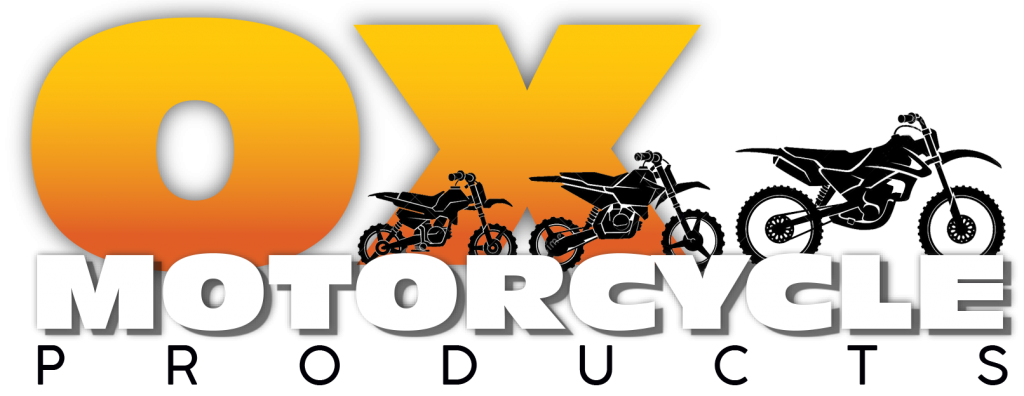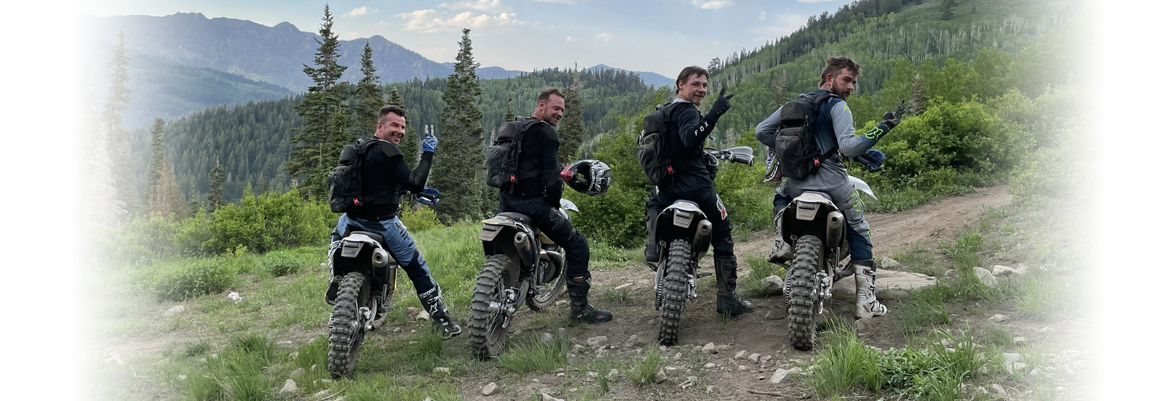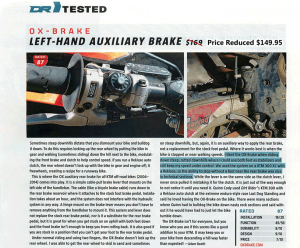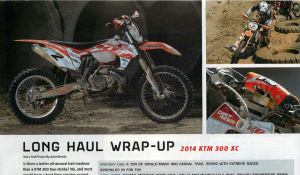Reviews
Video Reviews
Customer Testimonials
Now I don’t know if these emails help at all, but I have Rekluses on all the family bikes and rear handbrakes. I have had on 4 different bikes all from Rekluse…. Their most recent one that is hydraulic made through Hayes has nothing on yours (Dont’t like throwing dirt so I will not say anything more). Yours is more powerful incredibly simple and takes up zero handlebar room. Bravo on a great affordable, simple, well built product….
I recently installed the OX-Brake on my 2006 KTM 400. By my second ride I was no longer using the rear brake pedal at all. What a convenience! I am able to maintain body position in those places where I want some rear brake and can also keep my right foot out on steep, downhill right hand corners. Plus it’s invaluable when I’ve had to bull dog the bike down a rock face beyond my skill level. I can simply modulate both brakes right from the handlebar. Technical support was fantastic!
2010 KTM 450 EXC w/Rekluse EXP. This is an awesome set up for the price and EASE of installation. Took me longer to change out my stock control switch to make room for the lever than it did to install the entire brake kit. Love not having to bleed the system and if either the hand or foot levers get broken you still have the other for rear braking. I have ridden three times now and works just like all of the comments above say. AWESOME. 2nd best upgrade next to the Rekluse. Thanks Chuck for developing this great upgrade.
2012 KTM 250XCW with Rekluse EXP clutch. The left hand rear brake is the best thing since the auto clutch. It is very simple to install too! I primarily ride Rocky Mountain single track trails and the LHRB makes riding way more fun in the technical stuff. It is now my primary rear brake control; especially on switchbacks and long downhill descents. It allows more control and balance when standing on the pegs. I am using it for 80% of my rear wheel braking now. Combined with the Rekluse, it is like cheating. The price point makes it a great value too (1/2 the price of the Rekluse LHRB and way easier to install, BTW). This a a quality piece. Go for it, you won’t regret it. I just put one on my KTM 530EXC too.
I just installed an OX-Brake on my Beta 2016, 250 RR, it was straight forward and easy! I have had two bikes with a hydraulic LHRB and both developed spongy action requiring bleeding after the brake pads were about half worn. I think the small fluid volume is the culprit.
The OX unit takes up a smaller space on the handlebar which is outstanding if keeping the stock clutch lever. I'm primarily a foot brake user. I use the LHRB on long rocky steep downhills and in billy goat/trials situations.
Worth its weight in gold with the right foot (or both feet) on the ground. After a 25 mi. single track test today, I'm happy. At half the price of the competition its a bargain.
KTM 350 XCW, just want to say I am so pleased with your brake system. We were riding in the Mountains of So. Calif. About halfway through the ride I decided to concentrate on using only the LHRB. I a matter of maybe 10 minutes I became comfortable with the brake and it’s increased control ability. You can maintain better balance on your pegs. When turning Right you can have your foot out and ready instead of on the olld brake pedal. After that point I did’t even want to touch the old rear brake pedal. I have been riding since 1972, the OX LHRB gave me more than I expected. I will never own a bike without one. Thank You!
Easy install, non obtrusive and easy to get used to. One of those trick items you don’t know you need until you get into a tricky situation. Welcome addition to my KTM because where I live, the mountains of Washington State, tricky situations are around every corner. Thanks Ox-Brake!
At first I was skeptical… Of course.. Another “new” product we “must” have, but after buying and installing,(rather easy install i might add)..I was like this is some real S…!!! Works as advertised.. you don’t realize you need it till you have it!! Great product!! Highly recommend to all wood-be Erzbergers out there!!
Installed on my 2013 KTM 250xcw. This mechanical system is very easy to install and does not interfere with the original hydraulic rear brake operation. It provides much better rear brake feel and control than the foot pedal. Going to put one on my other bike.
I have several dozen rides now with my Ox Brake on my ’15 Husky TE300, and I love it, I will not own another bike without a LHRB, they work that well.
This is the second LHRB I have used. My first LHRB is on my KTM and is a Rekluse hydraulic unit, which is a slightly modified (with two thick gaskets to provide more fluid capacity) Hayes mountain bike brake. That unit is an excellent LHRB when it is working correctly, but it can occasionally get an air bubble in the line (from laying the bike over, or just from brake wear together with micro fluid capacity and normal bouncing down the trail) and loose effectiveness until the bubble works itself out, or until you bleed it again. And bleeding it is a chore and can be frustrating. Bottom line is, as good as it works, it can be a little unreliable as failing once in the wrong situation can be bad when you are expecting it to work.
I’ve read reviews on both brands of LHRB, and it seems that most people tout its effectiveness for holding on a hill, engine off, with an auto clutch, or using it on right hand switchbacks, bulldogging, etcetera, and they are right. They work extremely well in all those situations, but they have more advantages than just those. If you are a mountain rider with an auto clutch and a LHRB, you’ll wonder how you got along without them all these years. I use the LHRB nearly 100% of the time, for the simple reason that with two fingers always on the lever, it is much quicker to actuate than lifting your foot up to stab the foot pedal. Much quicker! When riding down rough trails my foot is just not able to constantly hover over the brake pedal due to changing foot positions, paddling, or dabbing a foot, while my fingers are always on the lever. Either brand of LHRB is about equally effective, -as long as the hydraulic one is working correctly.
While a left hand rear brake would work on a stock bike, I don’t think you can take full advantage of it without having an auto clutch, as grabbing the clutch lever and the LHRB lever would require way more dexterity than I have. Here is my very strongly held opinion; You will never be able to take full advantage of an auto clutch without a LHRB, and vise versa. If your clutch is stock, it is easily worth installing an auto clutch (even if you really don’t need one) simply so you can install and take advantage of a left hand rear brake. If you’ve never had or used either, then you will be amazed at how much easier it is to ride everywhere with them, especially in the mountains on black diamond trails. Your overall control will improve, and your friends will think you are a much improved rider, and wonder how you can stand the bike up on an inclined switchback and take your time pivoting around the turn. ( Just be careful with that one, and practice first on flat ground! )
One caution; there is a cable bracket held to your brake slave cylinder using a hose clamp. If placed inboard of the slave cylinder, the hose clamp screw will be hit by the swing arm when the suspension compresses, so make sure to orient it so that it will clear, then safety wire it in place.
Considering that the price is about half of the Rekluse LHRB, it’s simplicity and reliable effectiveness, I strongly recommend the Ox Brake. When set up according to instructions (start by setting up your brake pedal to have 5/8 ” free play), the Ox will easily lock up the rear wheel (using two fingers), even in the best traction conditions. The cable actuated Ox is just as easy to pull as the hydraulic unit, but with a much more positive feel to it.
Happy riding.
Installed one on my KTM XCF-W along with a Rekluse. Love it.



